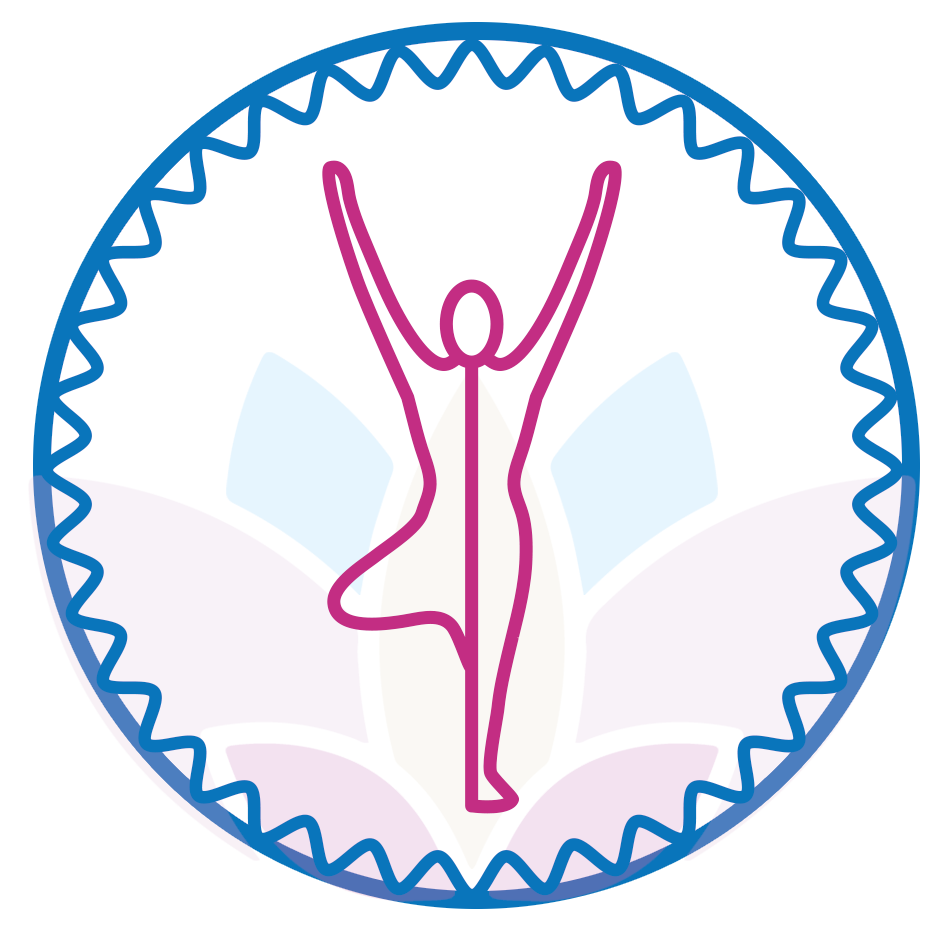
What is chronic pain and how is different from acute pain?
The Cleveland Clinic defines chronic pain as pain that lasts longer than six months and continues despite the resolving of the original injury. Acute pain, on the other hand, occurs after a very distinct event. For example, you put your hand on a hot stove and burn it creating inflammation and resulting pain. Or you fall down and injure your knee—ouch! Many western solutions for acute pain are popularly used for chronic pain including injections, presciption and over-the-counter medicines, physical therapy, surgery, etc. But are they working?
Here is the bad news, despite all of these readily available remedies, persistence of chronic pain is not lessening for most people a year later. “A study from the National Institutes of Health shows that new cases of chronic pain occur more often among U.S. adults than new cases of several other common conditions, including diabetes, depression, and high blood pressure. Among people who have chronic pain, almost two-thirds still suffer from it a year later.

What are We Doing Wrong?
Treating chronic pain like acute pain is not working and here is why! Chronic pain is often more complex than acute pain. It can have multiple sources including the sensory motor cortex of the brain, the nervous system, the fascial system, the muscular system, the lymphatic system and your subtle body known as your energy body. What complicates things further is how our very protective brain and autonomic nervous system work. Energetically and physiologically, the brain and the autonomic nervous system remember the acute pain and in an effort to prevent that feeling again, can cause pain signals as warnings. (This is an oversimplication, but you get the picture.) A dysregulated nervous system which often accompanies chronic pain is continually sending pain signals even long after the injury has subsided.

There is Some Good News Involving the Treatment of Chronic Pain
Your fascia may be the key to alleviating chronic pain. The reason is that your fascia covers over every cell, organ, bone and muscle in your body. It provides your body with its structural matrix and much more. It connects to every system of the body including your nervous system, your lympathic system, your muscular, bone and joint systems, your cardiovascular and respiratory systems.
While some stretching is done in working with the fascial system, it responds better to other techniques including compression and decompression.
If you want to learn more about the methods I use with my clients and myself for alleviating chronic pain, join us for a Free Webinar on Managing Chronic Pain with Gentle Somatic Yoga, Yin, and HeartMath on Saturday November 11th from 1 pm-2:30 pm ET.
The event will include:
- 35 minute Gentle Somatic Yoga practice focusing on most of the areas we experience chronic pain
- 10 minutes HeartMath practice which is a guided breath and mantra meditation to help manage pain
- 45 minutes reserved for your questions. Get as specific as you need to be. If I can’t answer, I will let you know.
Use this link to register for my free chronic pain Webinar. I will send out the recording to those who register. However, if you want a chance to win six months of classes and workshops in the Yoga and Healthy Living Club, you need to be there and stay for the duration.
Here is to a pain-free or reduced-pain life,
Andrea



